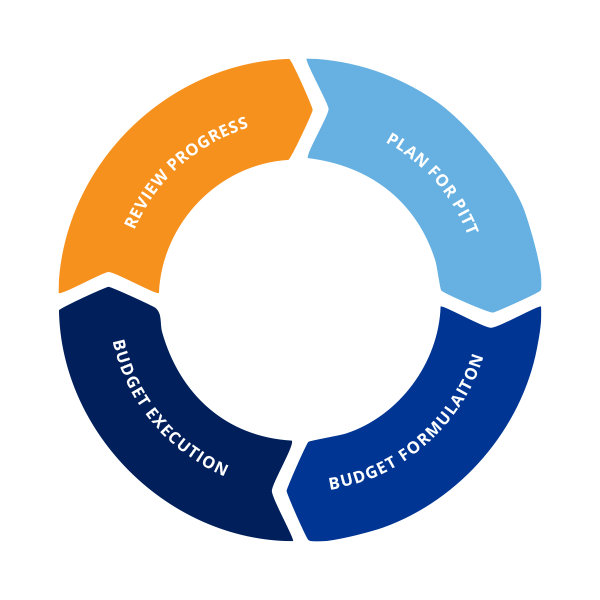RC heads and senior administration are able to assess the full impact of each unit’s operations and track progress over time. This data supports units with positive performance trends in requesting University funding for strategic initiatives. The process also helps to align available resources with the strategic priorities outlined in the Plan for Pitt.
The purpose of any university’s budget model is to enable it to carry out its mission in a fiscally sound, planful, and transparent way. A budget model is the framework for allocating costs and revenues. A budget model doesn't create or eliminate revenue. Rather, it aligns existing revenue with the university's priorities.
The University of Pittsburgh uses an incentive-based budget model called ReSTART (Revenue Sharing to Accelerate Responsive Transformation). This model does the following:
- It empowers the University's Responsibility Centers (RCs) as they have the best understanding of their operations.
- It gives RCs incentives to generate revenue, achieve cost efficiencies, and support strategic initiatives within the schools, including those that support the Plan for Pitt 2028.
- It encourages collaboration on research.
University of Pittsburgh faculty and staff can review more information about Budget Model ReSTART on our SharePoint site.


